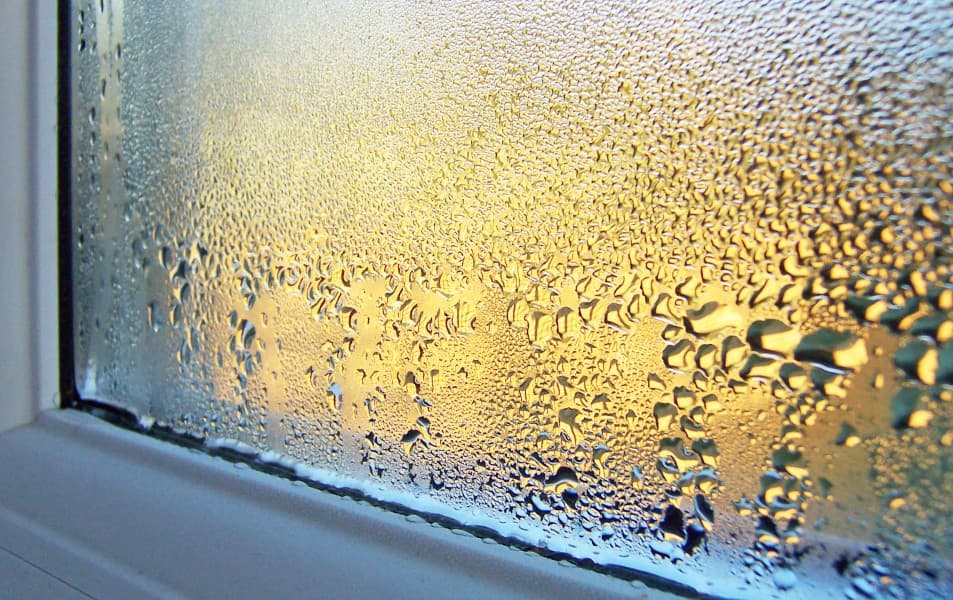
My Windows Have Condensation. Why?

Condensation on windows is a common problem, especially during the winter months. It can be frustrating and even damaging to your home if left unchecked. In this blog post, we will explore the causes of window condensation and what you can do to prevent it.
What is Window Condensation?
Window condensation occurs when water vapor in the air comes into contact with a cold surface, such as a window. This causes the water vapor to turn into liquid water, which can collect on the surface of the window. Condensation is most commonly seen on single-pane windows, as they do not have the insulation properties of double-pane windows.
Causes of Window Condensation
There are several factors that can contribute to window condensation:
- Indoor humidity: High levels of humidity inside your home can cause condensation to form on your windows. Activities like cooking, bathing, and drying clothes can all contribute to indoor humidity.
- Poor ventilation: If your home is not properly ventilated, moisture can build up and lead to window condensation. This is especially true in bathrooms, kitchens, and other areas where moisture is generated.
- Cold weather: During the winter months, the temperature difference between the warm air inside your home and the cold air outside can cause condensation to form on your windows.
- Single-pane windows: Single-pane windows are more prone to condensation because they lack the insulating properties of double-pane windows.
Preventing Window Condensation
Fortunately, there are several steps you can take to prevent window condensation:
- Reduce indoor humidity: To reduce indoor humidity, use exhaust fans when cooking or bathing, and try to keep indoor plants to a minimum. You can also use a dehumidifier to remove excess moisture from the air.
- Improve ventilation: Make sure your home is properly ventilated by opening windows or using a ventilation system. This will help to circulate air and reduce moisture buildup.
- Upgrade to double-pane windows: Double-pane windows have insulating properties that can reduce condensation. They are also more energy-efficient, which can help to lower your energy bills.
- Use weather stripping: Weather stripping can help to seal gaps around your windows, reducing the amount of cold air that enters your home and preventing condensation from forming.
- Install storm windows: Storm windows can be installed over your existing windows to provide an additional layer of insulation, reducing the likelihood of condensation.
Conclusion
Window condensation is a common problem, but it can be prevented by taking a few simple steps. By reducing indoor humidity, improving ventilation, upgrading to double-pane windows, using weather stripping, and installing storm windows, you can keep your windows clear and prevent damage to your home. If you are experiencing persistent condensation on your windows, it may be a sign of a larger problem and you


